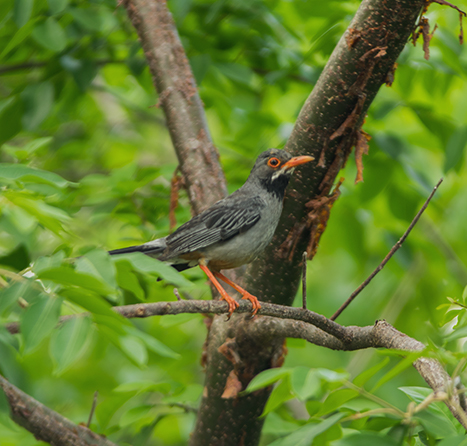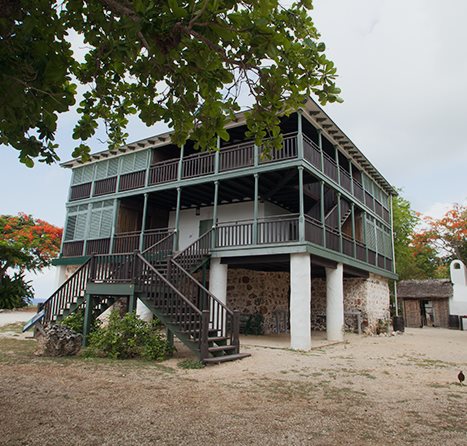In 1503, Christopher Columbus was making his fourth and final voyage to the New World when winds blew his ship off-course. It was then that Columbus first happened upon two islands that he would name “Las Tortugas” for the many turtles residing there. This pair would become the Sister Islands of Cayman.
Years later, a map was drawn showing all three islands in the area with the name “Lagartos,” meaning alligators or large lizards. By 1530, the trio was called the “Caimanas”— derived from the native word for the crocodiles that used to dwell here. The name “Caimanas” evolved into Cayman, and we’ve been calling our islands that ever since.
It was our ample supply of turtle that made Cayman a popular port for ships in need of meat for their crews. However, the earliest settlers arrived in the islands around 1658 as deserters from the British Army in Jamaica. The first colonists were named Bodden and Watler – with fishermen, slaves, sailors and refugees from the Spanish Inquisition soon to follow.
Today, the people here speak a British form of English with its own Caymanian flair. In fact, each district has a different dialect. We also have a rich heritage of rope making, with strands braided from our national tree, the Silver Thatch Palm. And, as you would expect, the customs we hold in the highest regard come from our maritime past, right up to the catboat races we host every year.
Visit our National Museum to delve even deeper into our history and traditions.


